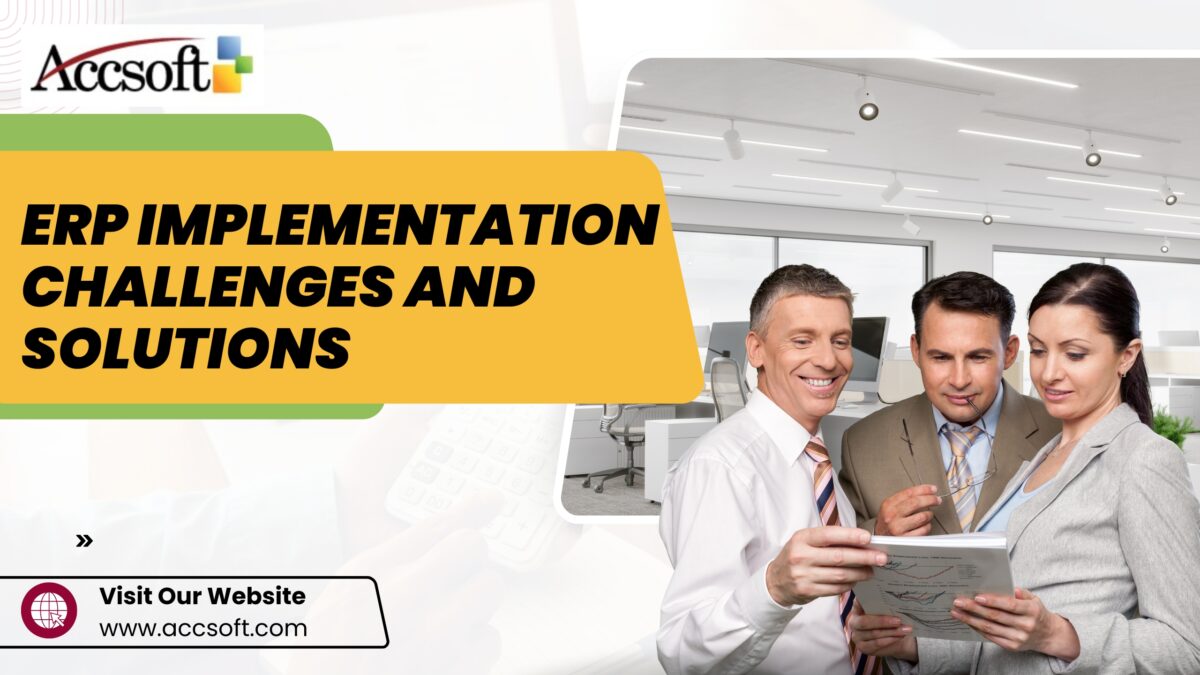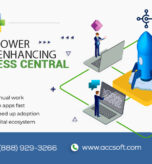
ERP systems are sure to be machinery for any business that would want to streamline its processes, enhance productivity, and understand its system much more than ever. Indeed, a very big feat to activate any ERP system requires a sizeable investment concerning time, funds, and resources. Although this has proved to have myriad advantages, initiating an ERP system may be affiliated with numerous challenges. Here are some of the common challenges in ERP implementations along with solutions to such.
1. Poor Planning
Poor planning is the major cause of ERP implementation failure. In general, if projects are not well planned, they often overshoot budgets or overrun deadlines.
Solution:
- Needs analysis
- Formulate a comprehensive project plan which will include timelines, milestones, and resource allocation.
- Engage diverse stakeholders from the organization to achieve the goals.
2. Lack of Executive Support
The projects of ERP require a high degree of organizational change, and thus it cannot be achieved without the right leadership and support of the executive members.
Solution:
- Executive Sponsorship can be gained to communicate the value of the project.
- Leadership can be kept apprised of progress and issues.
- Strategic benefits of the ERP system should be emphasized for ongoing support.
3. Resistance to Change
Employees are going to resist the implementation of the new ERP system since they feel that they are either going to lose a job or work extra during the implementation period.
Solution:
- Investment in change management practice and explicit communication of the benefits to employees arising from the implementation of the ERP system.
- Proper training would enable the employee to adapt slowly to the new processes involved.
- Employees should be brought on board as early as possible and must be brought on board in the process with an opinion.
4. Training
Lack of training is responsible for the underutilization of the system apart from the errors in the operation of the system.
Solution:
- Design effective training for all types of users.
- Provide support after training using workshops, documentation, and help desks.
- Implement it piece by piece so that the users get familiar with the system in small portions.
5. Data Migration
Data migration from old legacy systems to the new ERP is always very challenging and error-prone.
Solution:
- Extensive data audit for removing duplicate and redundant data.
- Test migration in a sandbox before going live.
- Data migration tools along with the expertise available in the ERP vendor or consultant can be implemented.
6. Cost Overruns
The usual hidden complexity or scope creep causes the budget to blow out on an ERP implementation.
Solution:
- Come up with a reasonable budget and have contingencies for costs that are going to creep in unexpectedly.
- Review the project regularly for problems and rectify them quickly.
- Scope creep is avoided because of clear goals and staying on course.
7. Over-Customization
Over-customizing the ERP system will result in a maintenance headache and an upgrade nightmare, meaning inefficiencies are long-term issues.
Solution:
- Use as much of the ‘out-of-the-box’ feature as possible.
- Identify the alignments of the customizations to the critical business needs.
- Interface closely with the ERP vendor to ensure that the customization is future-proof.
8. Vendor Selection and Management
A bad selection of the ERP vendor or not managing the relationship properly can kill the project.
Solution:
- Assess the vendors based on industry expertise, system scalability, and customer support.
- Set clear expectations and communication channels with the vendor.
- Ask for a comprehensive proposal and case studies to assess the capabilities of the vendor.
9. Integration Challenges
This integration of the ERP system with other applications is very technical and brings about operational disturbances.
Solution:
- ERP integration requirements need to be planned well in advance.
- Use APIs and middleware that will allow easy exchange of data.
- Thorough testing of integrations should be done before the deployment.
10. Unrealistic Expectations
Most organizations need instant results; when the ERP system does not provide instant ROI, they feel disappointed.
Solution:
- Understand the timelines of the implementation and what kind of problems could arise to manage the expectations.
- Incremental benefits over one-time transformation.
- Reported performance metrics tracking regular progress.
Conclusion
It’s tough to implement and, in terms of taking initiative, the likelihood of success remains. Businesses now can strategically identify these common pitfalls and thought plans, good leadership with effective change management, so get the value of these investments; remember, however, an ERP is not only some software but has been considered and treated as the strategic asset to provide growth and increase efficiency.







